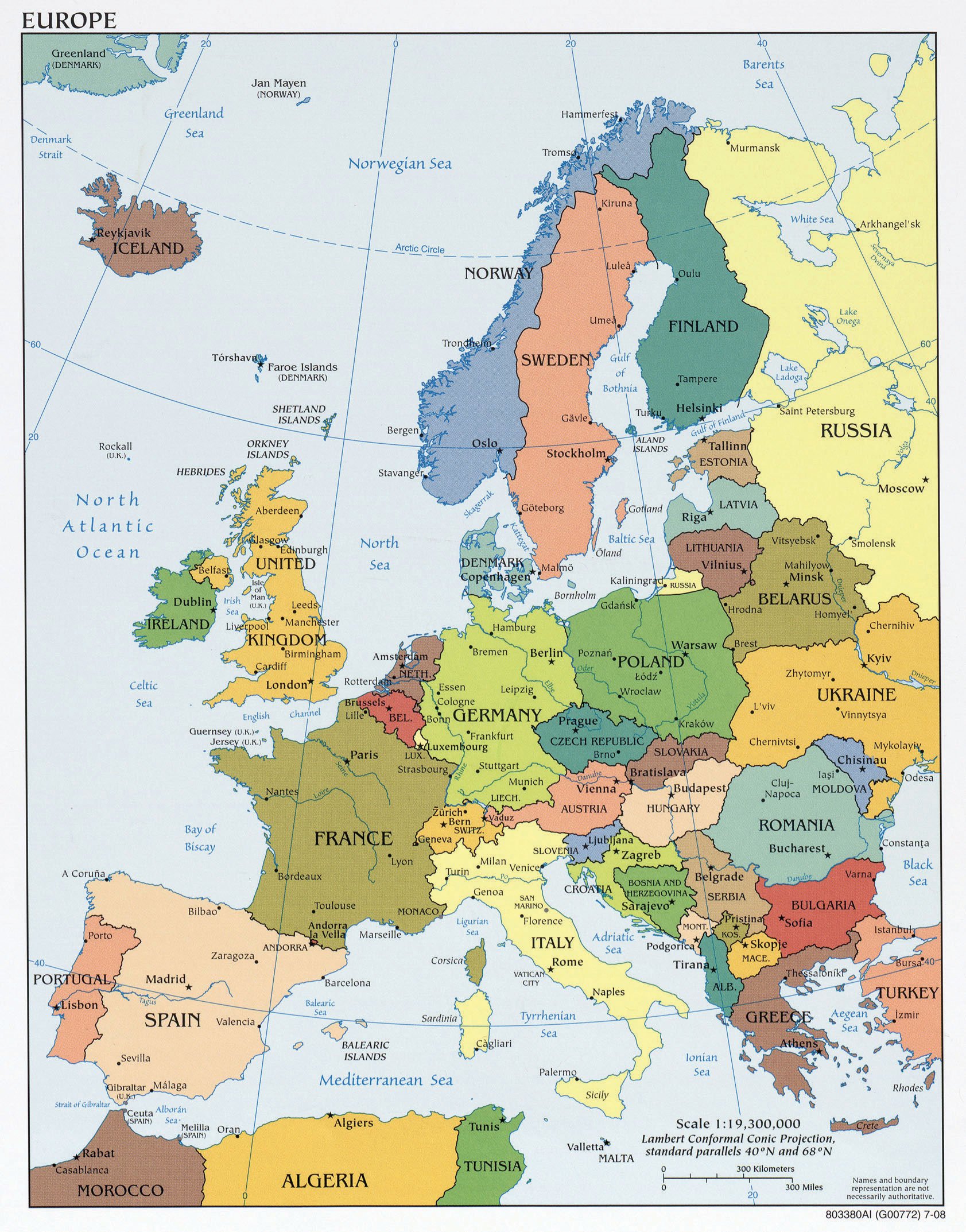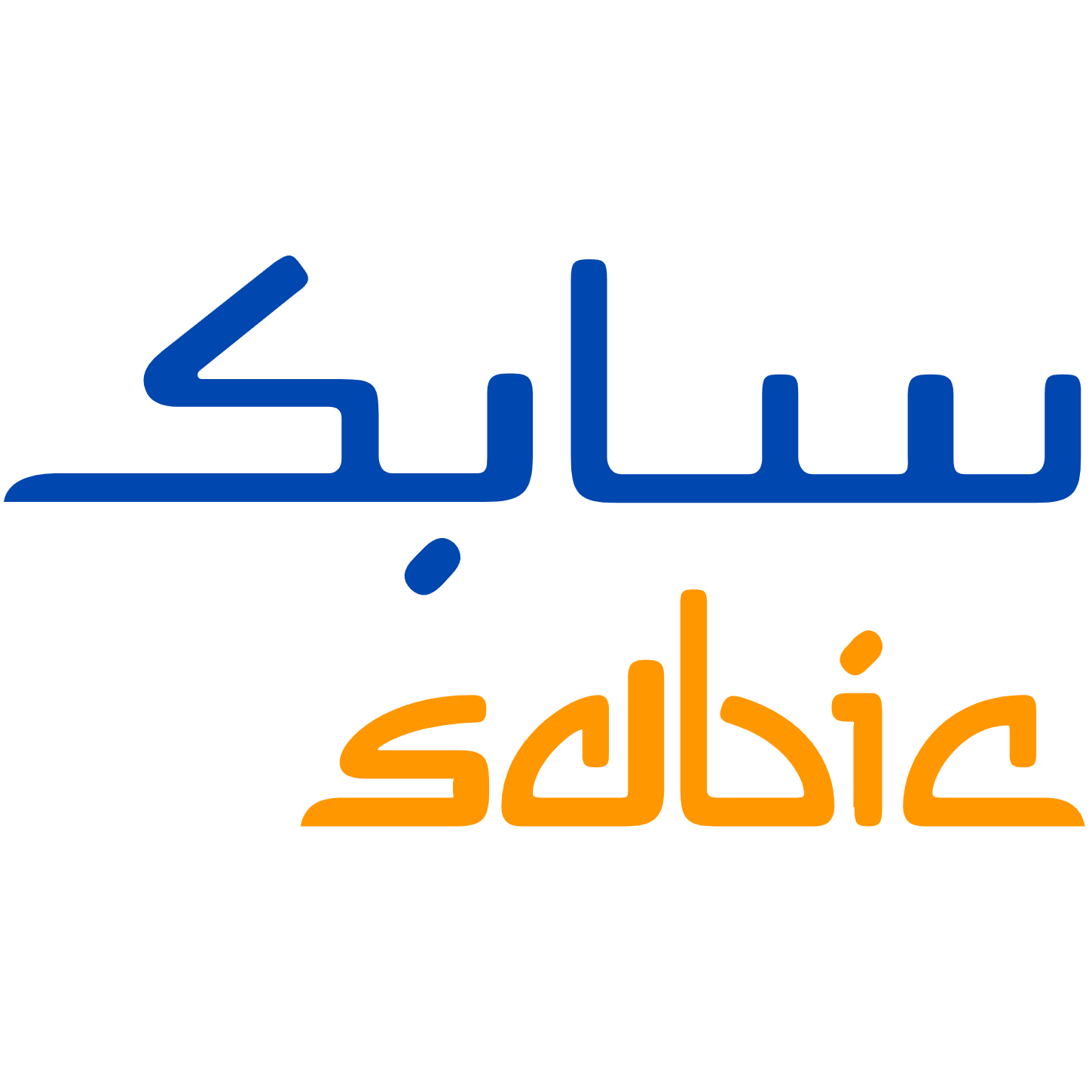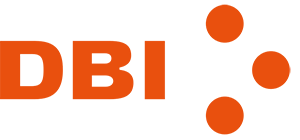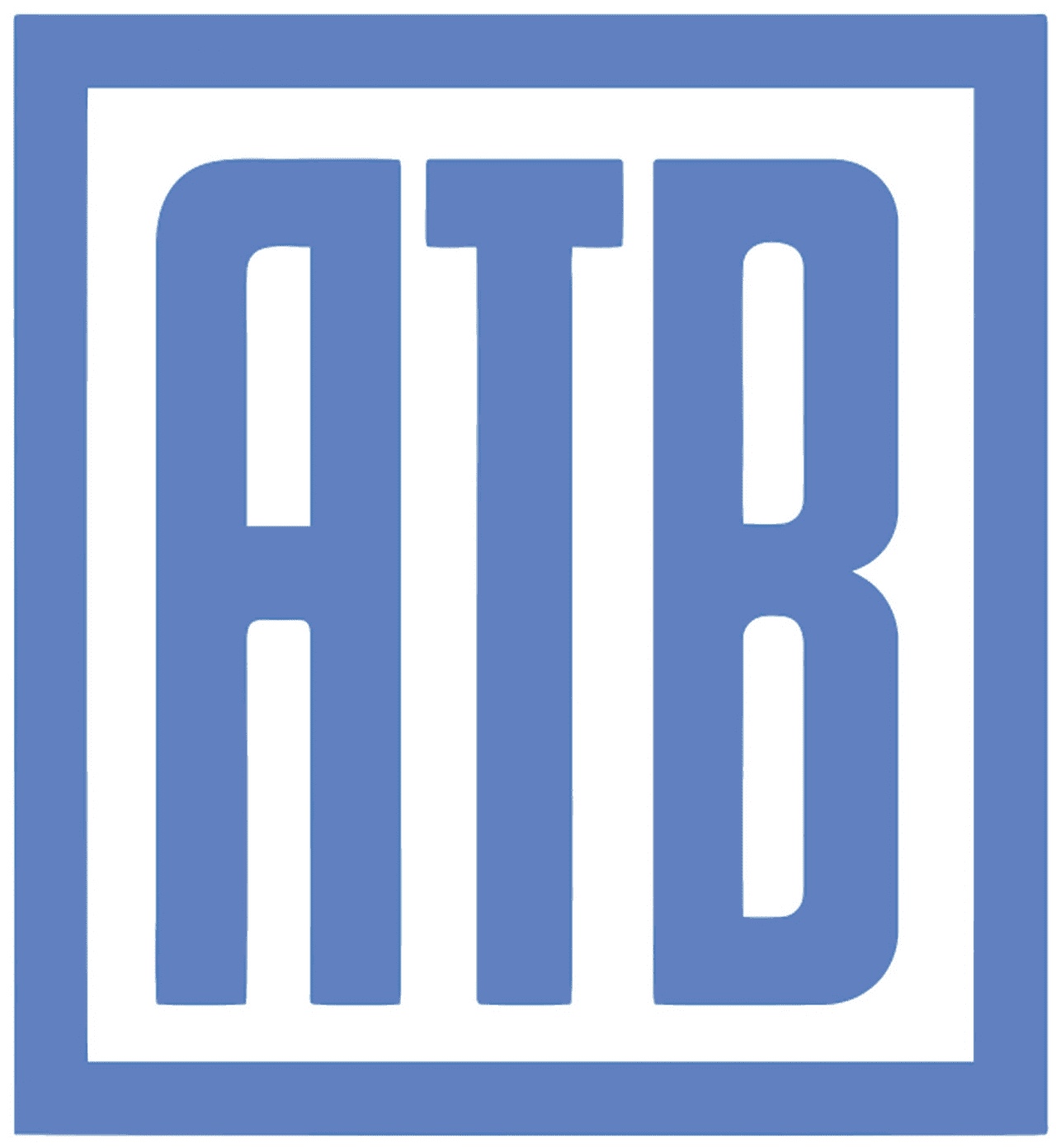PP and PE markets have extended modest gains into the second month as regional polyolefin players are slowly returning to their desks following a long holiday this week. The summer lull was eclipsed by curbed import flow and regional hiccups, paving the way for hikes during the slowest trading month of the year.
Hikes matching monomer variations pass on Aug deals
European players have been experiencing reduced import flow amid production hiccups and logistics snarls, boosting sentiment among domestic suppliers. Both PP and PE markets experienced modest increases, reflecting a slight reduction in supply levels, with August deals being closed €20/ton above last month in the contract market.
Buyers mostly skipped spot purchases as they already did some pre-buying back in July. Meanwhile, poor derivative demand and the urge to achieve the year-end bonuses kept the focus on the contract market.
However, suppliers had to step back from their initial hike requests reaching up to €50/ton amid slow trading activity. They failed to recover their margins, although they performed smoother sales amid reduced import flow. A source from a regional supplier remarked, “We tried €50/ton hikes in the first place, which were later scaled down to €20/ton in line with the monomers. Still, August demand was better than previous years. A lack of alternatives spurred demand for European material.”
Several PP producers under FM
Apart from disrupted import flow, ongoing and renewed production issues across the region kept overall PP supplies in check. Planned and unplanned outages added to the disciplined run rate cuts. Total, Ineos, SABIC and Exxon’s force majeures on PP output remained in place as of mid-August. Meanwhile, Borealis declared a PP force majeure from Kallo, Belgium given technical issues as of late July.
This clearly provided support to local producers, with PP grades being a shade tighter than PE.
Hurricane season curtails US PE imports
PE shipments from the US, which is by far the largest PE supplier to the EU27, were disrupted amid production issues and the hurricane season. Some grades were tight as US producers reportedly built stocks to alleviate potential production disruptions. Limited volumes from the US helped erase prices on the low ends, with more buyers leaning on local purchases to meet their needs. PE allocations from South Korea and the Middle East were also limited.
Inside Europe, ExxonMobil’s force majeure on LLDPE output from France remained in place since late May. Plus, there will be planned maintenance shutdowns between September and October.
Supply outlook shows no sign of easing amid plant closures
The supply outlook inside the bloc is not getting any looser amid broader restructuring plans to gradually phase out Europe’s aging petrochemical plants. European petrochemical producers are revealing strategic reviews to increase profitability amid cost pressures, low demand and evolving regulations as companies see their profits slump.
While more plant closures are on horizon, the freight crisis has been only delaying or allaying the rationalization process. ExxonMobil will close Gravenchon cracker and PP/PE units at the end of 2024, while the company will downsize its LDPE plant in Belgium by early next year. LyondellBasell recently outlined its plan to review its European assets.
What’s in store for September?
European PP and PE markets have made a cautiously firm return from the summer holidays. Modest price increases reflect the current supply-demand realities, while September expectations rule out the possibility of substantial price increases.
Monomer expectations offer a mixed bag, considering highly volatile oil prices and recent gains in the spot propylene and ethylene markets. Nevertheless, major suppliers will approach the market with increases to recover their margins, with supplies being a shade tighter considering disrupted inland transportation and maritime logistics operations.
Freight rates are supposed to remain high until early 2025 after hitting their peak by mid-July, while players in the southern parts grapple with disrupted deliveries from Northwest Europe.
They also pin their hopes on a traditional uptick in buying interest from September. However, it is still early to say if they can achieve hikes as post-summer restocking activity will have the final say.
On the flip side, some participants adopt a more cautious stance, monitoring developments in the import markets. If import flows are resumed amid easing freight rates and recovering production, this would put pressure on regional producers’ hike attempts. Indeed, a participant said, “European converters have become less conservative in sourcing from the import market.”









